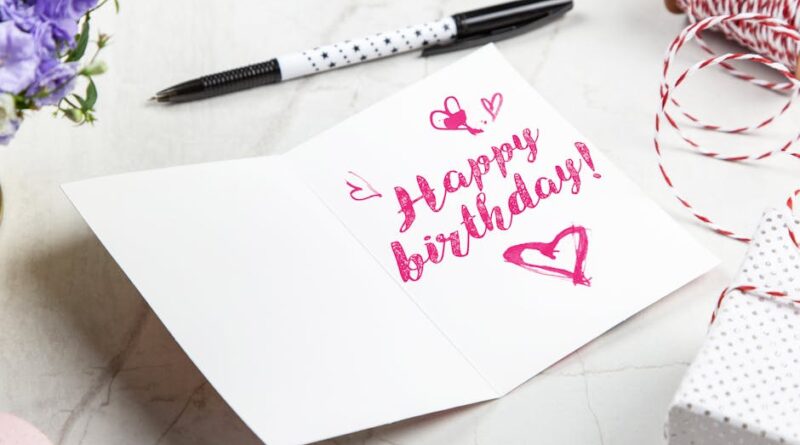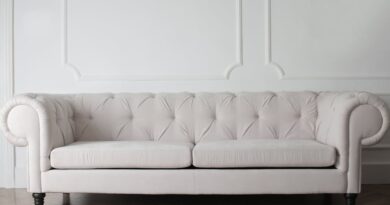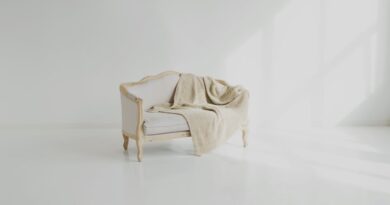How to Choose the Right Upholstery Thread
Have you ever wondered why some furniture looks brand new while others seem to fade away? One big reason is the quality of the upholstery thread used. Choosing the right thread can make a huge difference in the durability and look of your furniture. Lets dive in and figure out how to choose the best upholstery thread for your next project!
Why Does Upholstery Thread Matter?
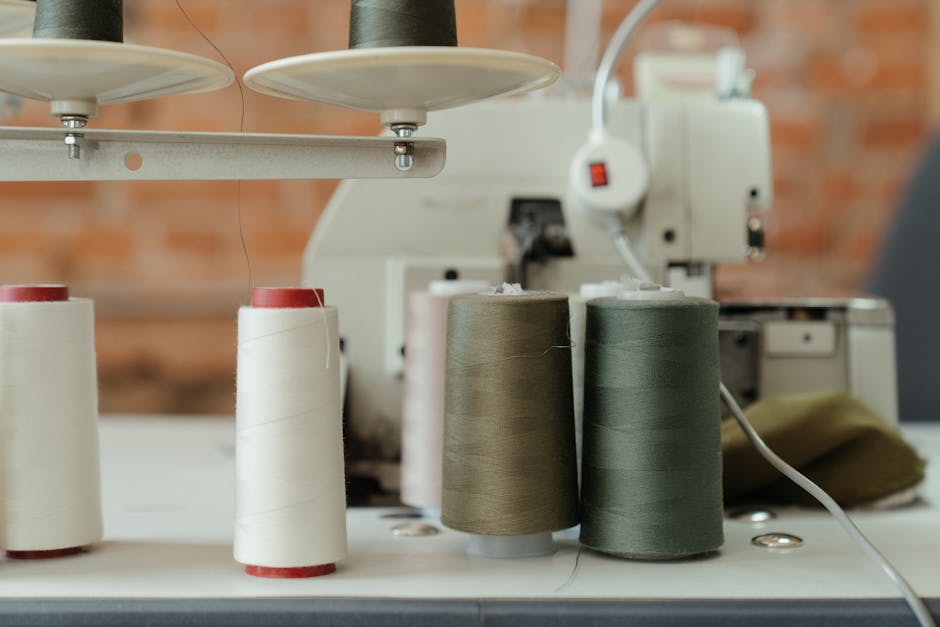
Upholstery thread is the unsung hero of furniture making. It holds everything together, making it crucial for the final look and longevity of your piece. A strong thread can withstand daily use, while a weak one may break easily, leading to frayed seams and a shabby appearance.
According to a recent survey, over 60% of DIY enthusiasts reported that thread choice impacted their project’s success. So, how do you ensure you’re picking the right one?
What Types of Upholstery Thread Are Available?
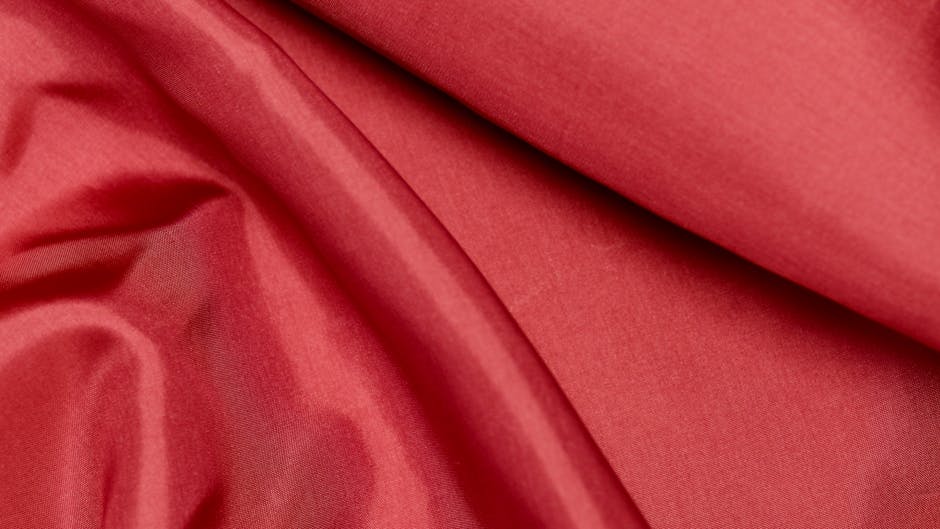
Understanding the different types of upholstery thread is the first step. Here are some common options:
- Polyester Thread: This is the most popular choice. it’s strong, durable, and resistant to UV rays and moisture.
- Nylon Thread: Known for it’s flexibility and strength, nylon is great for heavy-duty projects. However, it can degrade in sunlight.
- Cotton Thread: While it looks great and is easy to work with, cotton isn’t as strong as polyester or nylon. It can also shrink when washed.
- Silk Thread: This luxurious option is perfect for delicate or decorative stitching. it’s not ideal for heavy upholstery but adds a beautiful touch.
Each type has it’s pros and cons. Think about the needs of your project before making a choice.
How Do I Determine the Thread Weight?
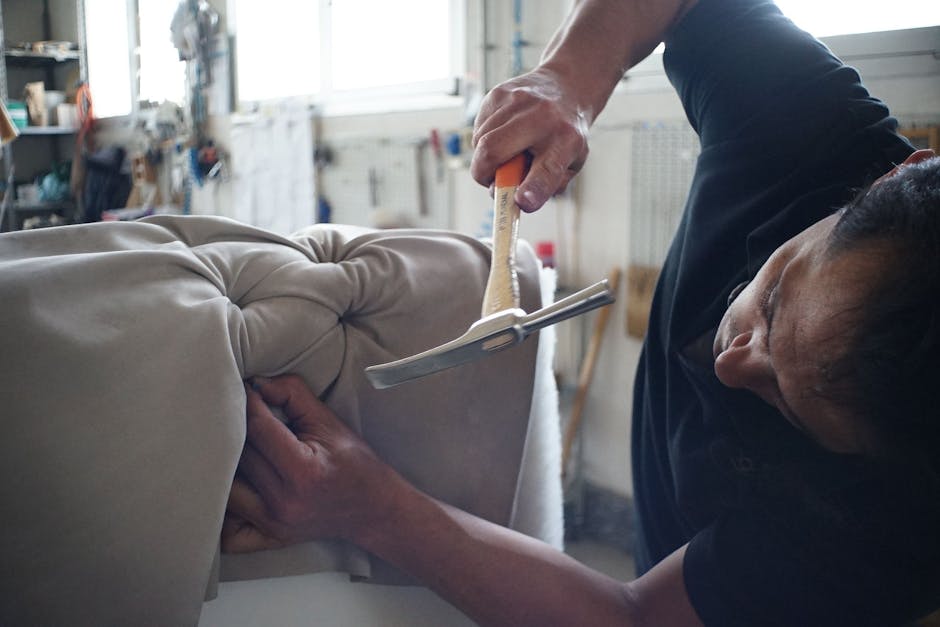
Thread weight is another crucial factor. It indicates the thickness and strength of the thread. Thread weights can be confusing, but here’s a simple breakdown:
- Heavyweight: Ideal for thick fabrics and upholstery. Look for sizes like T70 or T90.
- Medium Weight: Good for most upholstery needs. Sizes like T40 or T50 work well.
- Lightweight: Perfect for lighter fabrics and delicate projects. Sizes like T20 or T30 are best.
As a rule of thumb, match your thread weight to your fabric weight. If you’re unsure, go for a medium weight to start!
What Color Should I Choose?
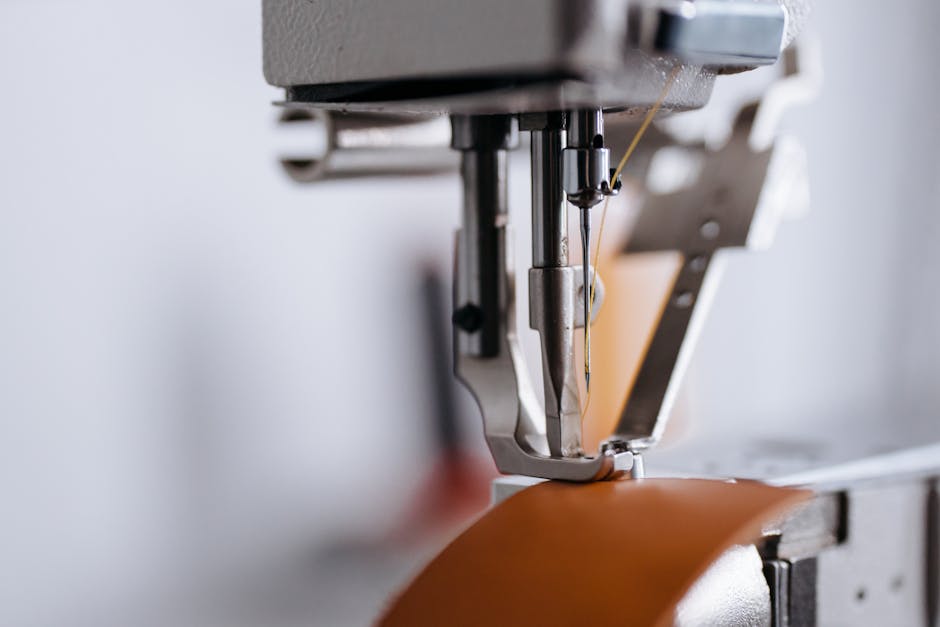
Color is more than just aesthetics; it affects the overall look of your project. Here are tips to choose the right color:
- Match Your Fabric: Choose a thread color that blends with your fabric. This makes seams less noticeable.
- Contrast for Style: If you want to make a statement, select a contrasting color. It can create a unique look.
- Test It Out: Always test the thread against a fabric swatch. Lighting can change how colors appear.
Remember, the right color can elevate your project from ordinary to extraordinary!
What About Thread Strength?
Strength is key in upholstery. You want a thread that can handle wear and tear. Look for threads labeled as heavy-duty or industrial. These options are designed to withstand rigorous use.
Also, consider the stitch type youll use. A straight stitch may require less strength than a zigzag stitch. Keep this in mind when selecting your thread.
How Do I Know If it’s Good Quality?
Not all threads are created equal. Heres how to spot a high-quality upholstery thread:
- Look for Core Spun Threads: These have a strong center with a softer outer layer. They provide strength while being easy to work with.
- Check for Abrasion Resistance: Good threads resist fraying and breaking, even with wear.
- Read Reviews: Other users experiences can guide you. Look for brands with positive feedback.
High-quality thread can save you time and frustration down the road!
Can I Use Regular Sewing Thread for Upholstery?
This is a common question. While you technically can use regular sewing thread, it’s not recommended. Regular thread often lacks the strength and durability needed for upholstery projects.
Think of it this way: using regular thread on heavy furniture is like using a rubber band to hold a heavy box together. It might work for a while, but it won’t last.
What Tools Do I Need?
Choosing the right tools can make a huge difference in your upholstery project. Heres what youll need:
- Heavy-Duty Sewing Machine: Ensure your machine can handle thick fabrics and heavy threads.
- Needles: Use a needle that matches your thread and fabric. For heavier threads, use a larger needle.
- Scissors: Good quality scissors will help you cut your thread cleanly, preventing fraying.
Having the right tools can make your sewing experience much smoother.
What Are Common Mistakes to Avoid?
Even seasoned crafters can make mistakes. Here are some common pitfalls to watch out for:
- Choosing the Wrong Thread: Always match your thread type and weight to your fabric.
- Ignoring Thread Tension: Poor tension settings can lead to uneven stitches. Always test your machines tension first.
- Skipping Pre-Washing: Pre-washing your fabric can prevent shrinking and color bleeding later.
Learning from these mistakes can save you time and resources.
Are There Any Expert Tips?
Here are some expert tips to help you choose the best upholstery thread:
- Test Stitches: Always do a test stitch before starting your project to see how the thread behaves.
- Keep Extra Thread: Having extra thread on hand can save you from running out mid-project.
- Store Properly: Keep your thread in a cool, dry place to prevent damage.
Implementing these tips can lead to a smoother sewing experience.
Where Can I Find Quality Upholstery Thread?
You can find upholstery thread at local craft stores, fabric shops, and online retailers. Popular brands include Gutermann, Coats & Clark, and Aurifil. Always check for quality before purchasing.
For more in-depth information, consider checking out this guide on upholstery supplies from Threads Magazine.
What Are the Final Takeaways?
Choosing the right upholstery thread is essential for any sewing project. Here are the key points to remember:
- Understand the types of upholstery thread and their strengths.
- Match thread weight with fabric weight for durability.
- Consider color carefully for aesthetic appeal.
- Invest in quality thread to avoid future headaches.
By following these guidelines, you’ll ensure your upholstery projects not only look good but also stand the test of time. Happy sewing!
